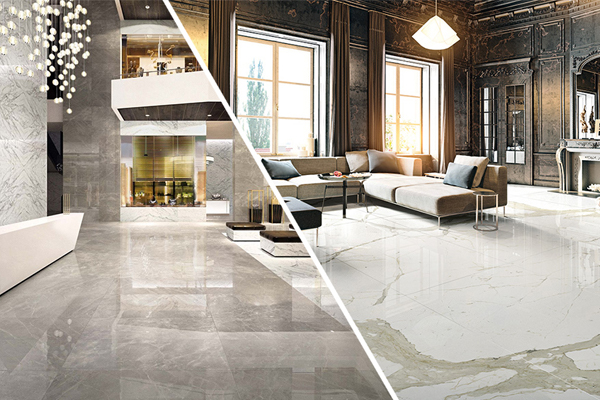India is known for its unique artistry and architectural wonders and has a rich cultural past. Indian marbles are one of the nation’s great treasures and serve as a reminder of its artistic and magnificent past. Indian marble has made a long-lasting impression on the world, appearing in innumerable temples and monuments in addition to the very famous Taj Mahal. We’ll delve into the fascinating world of Indian marble in this blog, learning about some popular Indian marble names, features, colors, iconic structures, sculptures, renowned marble mines, and the influence of these magnificent Indian stones all over the world.
Famous Indian marbles:
Morwad Marble: The Morwad region of Rajasthan, India, is home to this well-known white marble species. It is known for its milky white appearance and fine veins of grey that run through it. Because of its magnificence, Morwad marble is generally used for countertops, wall cladding, and flooring.

Agaria Marble: Another variety of white marble from the Agaria district of Rajasthan is known as Agaria marble. It has a beige or light grey background with white veins that give it a bit of individuality. Agaria marble is used for floors, stairways, and aesthetic reasons in both residential and commercial constructions.

Makrana Marble: Known for its high quality, Makrana marble has been utilized in a number of famous historical structures, including the Taj Mahal. It comes from the Rajasthani district of Makrana and is prized for its bright white color and delicate translucency. Makrana marble is renowned for its toughness and is frequently used in wealthy and luxurious constructions including palaces, temples, and upscale homes.

Banswara Marble: As the name suggests, Rajasthan’s Banswara district is where one may get Banswara marble. It is a white marble variant with bluish-gray undertones and fine purple, green, or grey surface veining. Banswara marble is frequently used in flooring, worktops, and decorative objects and is prized for its distinctive patterns.
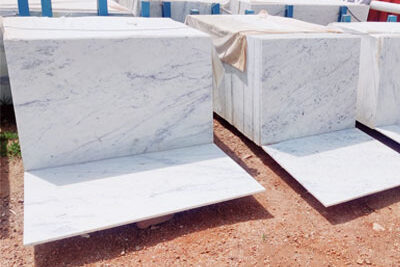
Talai Marble: Found in the Talai area of Rajasthan, Talai marble is a stunning and uncommon marble species. It is renowned for its eye-catching black color and white veins, which contrast to create an alluring aesthetic effect. Talai marble can bring a sense of luxury to any environment by being used to make statement items like tabletops, sculptures, and wall panels.
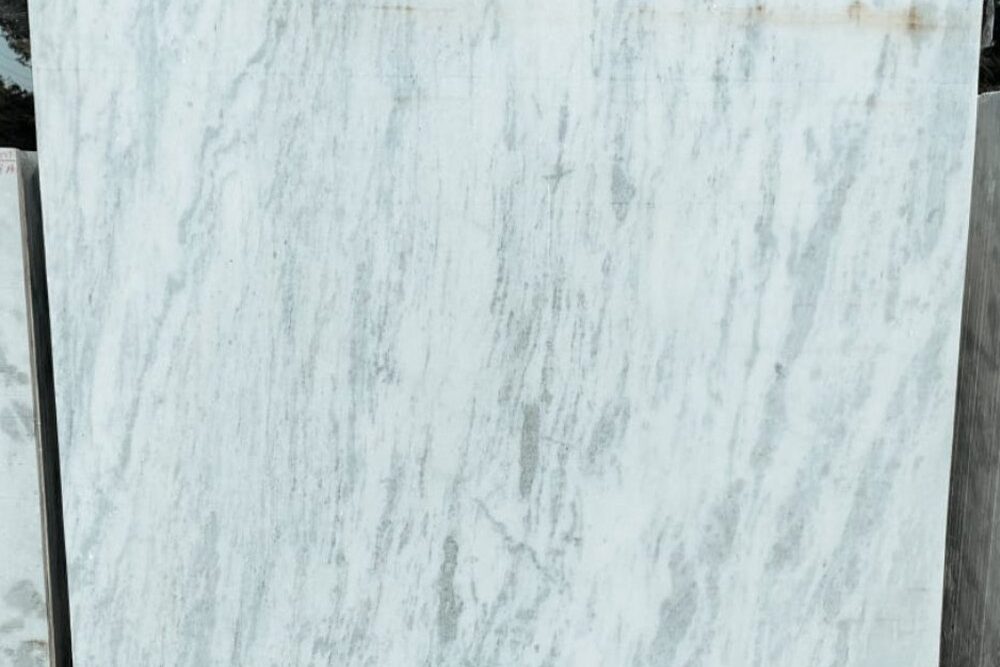
Dungri White Marble: The popular marble variant known as Dungri White Marble comes from the Gujarati town of Dungri. It has a background that is either white or off-white with fine grey or black veins. Due to its toughness and classic elegance, dungri white marble is frequently used for flooring, wall cladding, and bathroom counters.
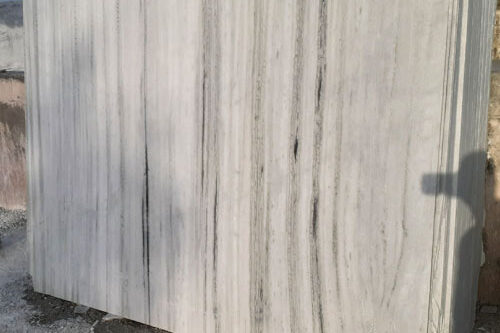
Albeta Marble: often referred to as Albeta Marble, is a distinctive form of marble that is quarried in the Albeta area of Rajasthan. It is distinguished by its background of creamy white with sporadic veins of purple, green, or brown. Albeta marble is highly prized for its visual appeal and frequently utilized for flooring, wall cladding, and ornamental uses.
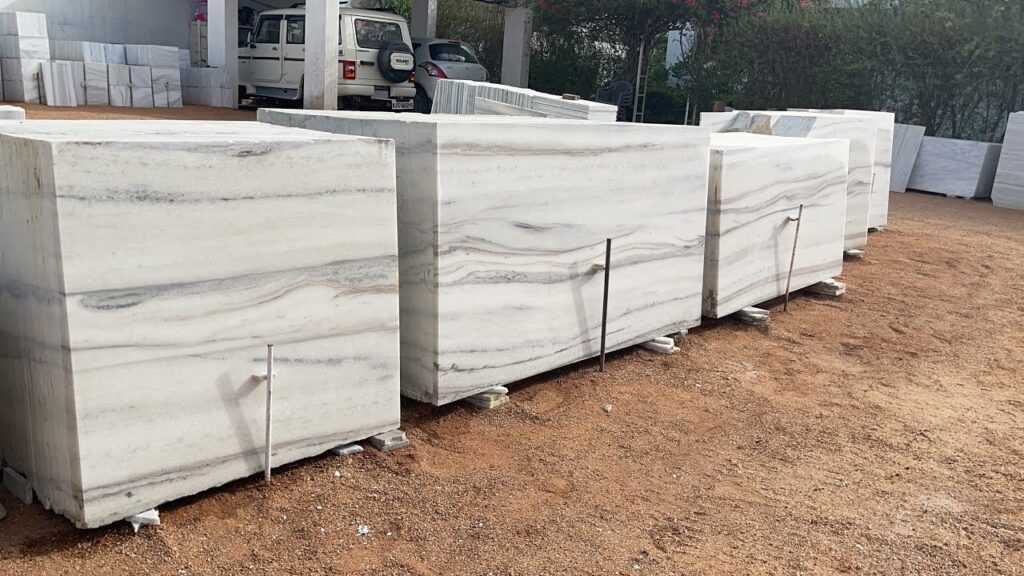
Katni marble: The prominent marble variant known as Katni marble is found in the Katni area of Madhya Pradesh, India. It has a variety of colors, including beige, brown, and green, as well as noticeable veins and patterns. The common usage of katni marble in floors, worktops, and ornamental items gives many different areas a cozy and natural appearance.
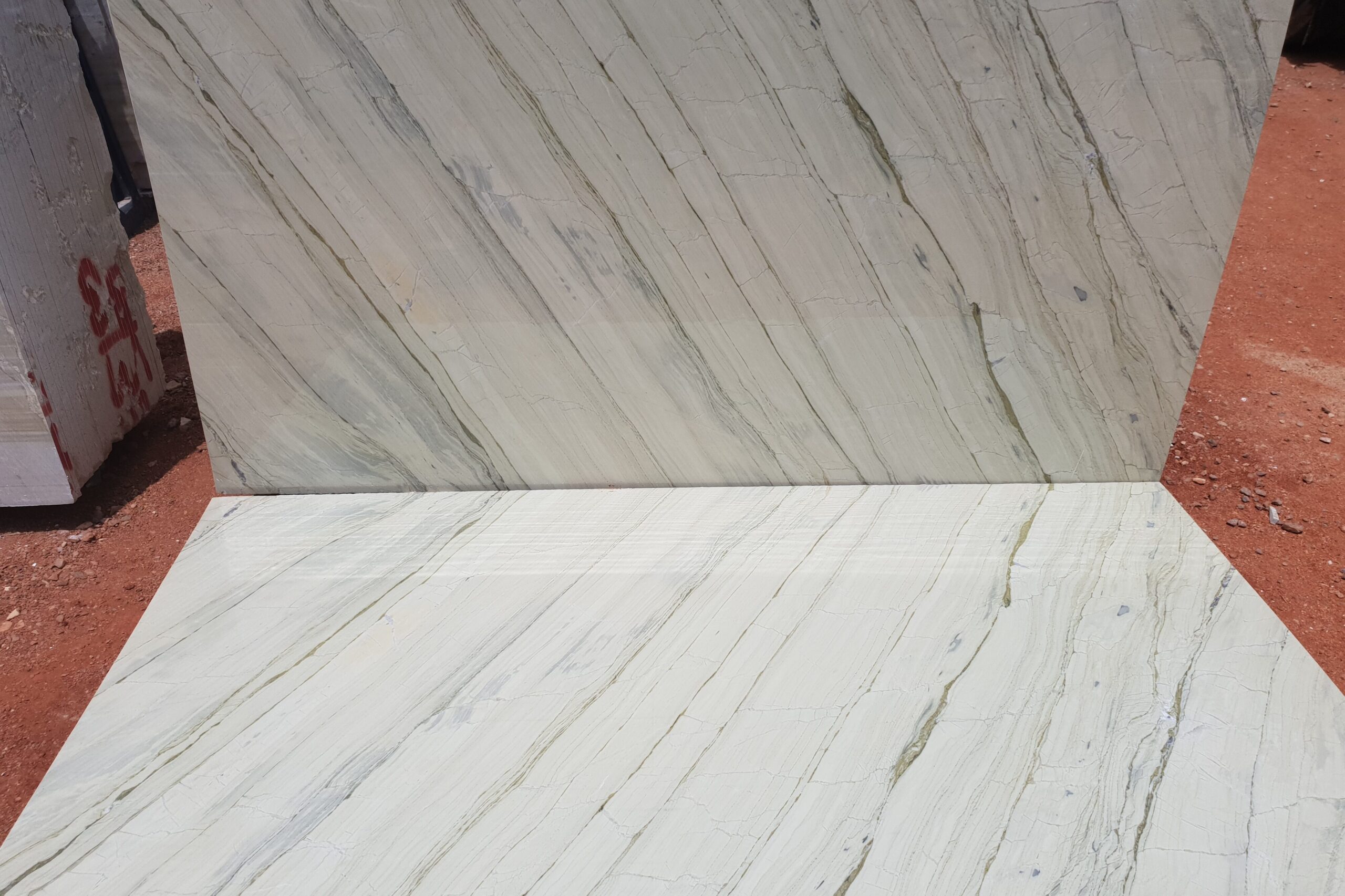
Features of Indian Marble:
Indian marble is prized for its excellent characteristics, which make it a sought-after substance for a variety of architectural and design applications. Indian marble is distinguished by the following qualities:
1. Appearance: Indian marble is prized for its exquisite appearance, which features a variety of hues, patterns, and veining. Indian marble offers a varied spectrum to suit various design preferences, ranging from pure whites to vivid greens and earthy browns.
2. Longevity: Indian marble is renowned for its longevity. Its density and compactness make it an excellent choice for flooring, countertops, and other high-traffic areas since it can endure intense foot traffic, impacts, and wear and tear.
3. Lustre and Polishing: Indian marble has a natural sheen that gives any area a touch of beauty. The marble’s surface becomes smooth and glossy when polished, enhancing its natural beauty and evoking an opulent atmosphere.
4. Flexibility: Indian marble is very flexible and may be applied in a variety of ways. It allows for smooth integration into various design types and is frequently used for flooring, wall cladding, countertops, vanity tops, stairs, sculptures, and ornamental items.
5. Distinctive Patterns and Veining: The unique patterns, veining, and textures found in Indian marble frequently give the material character and visual intrigue. Each marble slab is distinctive due to these inherent differences, which provide each application a feeling of exclusivity and character.
The Wide Range of Colours in Indian Marbles: Each of the many colors that Indian marbles come in has its own attraction. In addition to traditional white marble, colors such as green, pink, beige, and brown are also common. These organic tones offer a flexible palette for decorative and architectural uses.
Notable Monuments and Sculptures Made of Marble in India
Taj Mahal: The Taj Mahal, a UNESCO World Heritage site and unquestionably the most well-known marble structure in India, is a representation of enduring love. The dazzling white facade and delicate marble inlays of this architectural marvel, which was built from Makrana marble, fascinate millions of people.
Dilwara Temples: Located in Mount Abu, Rajasthan, the Dilwara Temples are outstanding examples of marble carving and skill. The elaborate sculptures that adorn the temples demonstrate the great talent of Indian artists.
Victoria Memorial: The Victoria Memorial is a famous marble building that was erected in Kolkata, West Bengal, to honor Queen Victoria. Its facade, which is made of white Makrana marble and blends British and Indo-Saracenic architectural traditions, has a regal and commanding presence.
Notable Indian Marble Mines:
Makrana Marble Mines: The largest marble mines in the world are located in Makrana, Rajasthan. These mines have long been a dependable supply of premium white marble and have been essential to the creation of numerous architectural wonders.
Ambaji Marble Mines: Vast marble reserves can be found in the Gujarati region of Ambaji. Ambaji marble, known for its tenacity, elegance, and aesthetic appeal, is produced in these mines.
Indian Marble Is Used All Over the World
Indian marble has traveled to many parts of the world, gracing prestigious projects and mesmerizing spectators with its enduring beauty. These marbles are frequently used in floors, countertops, wall claddings, sculptures, and ornamental items in both residential and commercial buildings. Indian marbles continue to leave a lasting impression on the worldwide architecture and design sector, from opulent hotels to famous landmarks.
Indian Marble at Vardhman Sagar Marbles in Kishangarh, Rajasthan
Vardhman Sagar Marbles is a renowned exporter and maker of Indian marble and is based in Kishangarh, Rajasthan. We supply a broad range of marble like Makrana Marble, Morwad Marble, Agaria Marble, Morwad marble, Banswara marble, Talai Marble, Dungri white marble, Albeta marble, Sanwar marble, and Katni marble. Vardhman Sagar Marbles produces marbles with extraordinary skill and attention to detail. You will not find any cracks, filling, or patches on any of the lots here at Vardhman Sagar Marbles.

